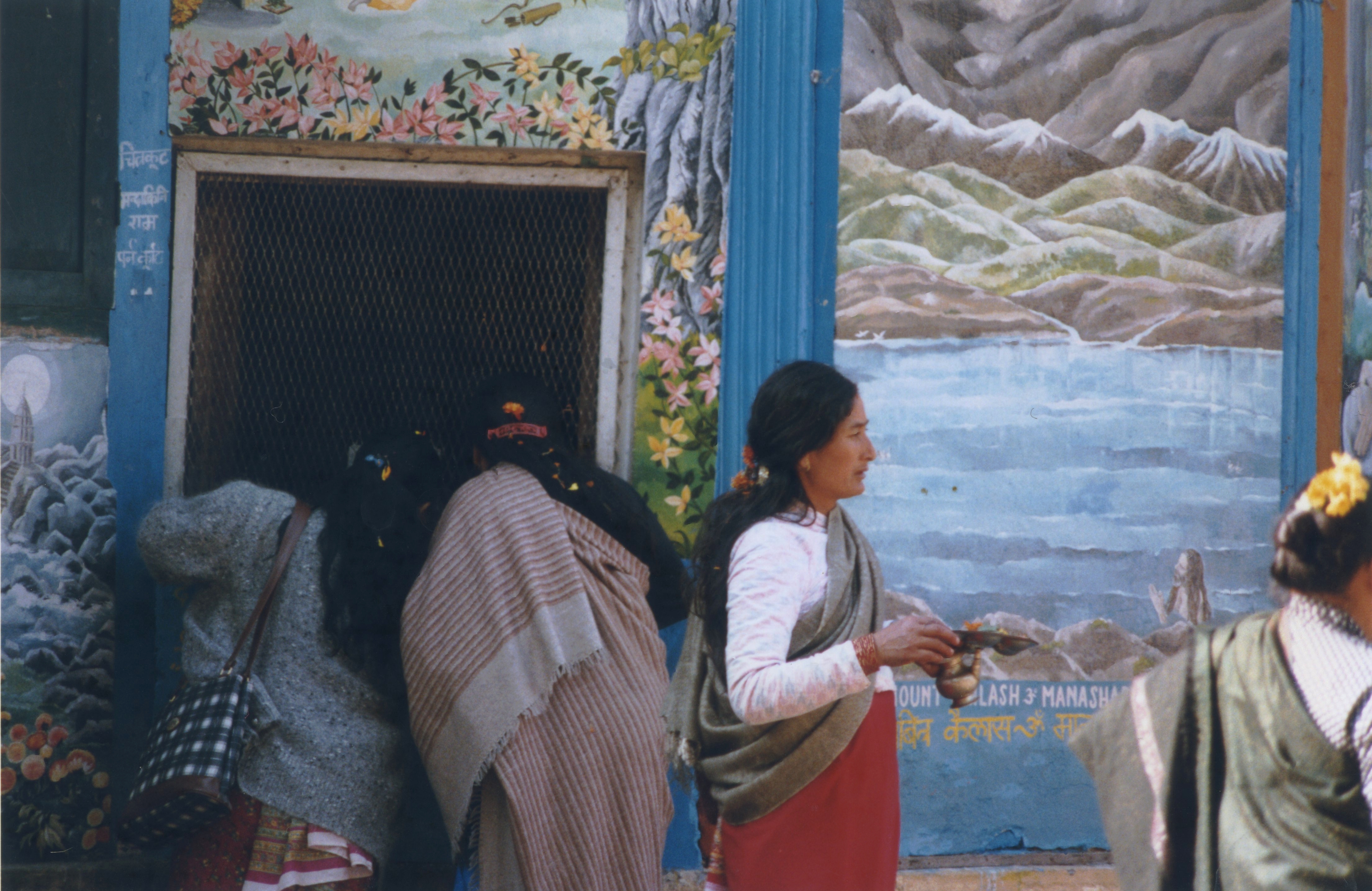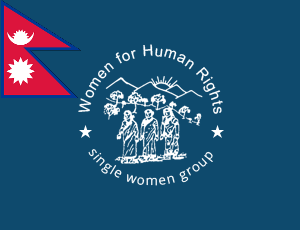Ashwin Gopi, New York University
I’m here to talk to you about a project that existed three weeks ago, but it has completely changed. A couple of years ago we were on this online platform called OpenIDEO, which is an open innovations platform where the members try to tackle social issues. There was a question asked by the United Kingdom’s International Development Fund and the question was very simple: How might we empower women in low-income neighborhoods to be able to make their own decisions to become independent, and how do we improve their safety overall? We came up with this idea to create informal networks that are self-sustaining that help women support each other in terms of education and skill sharing in order to make them economically independent.
Initially the idea itself was generated on this online platform by people who came together from all over the world to create this opensource toolkit that anyone in the field could take and implement. They evaluated it and refined it, but still we could not find anyone who could actually implement it on the ground, so we reached out to an online community of not-for-profits that are focused on women’s issues.
Last year we had someone at a not-for-profit organization called Women for Human Rights in Kathmandu, Nepal who was very interested in taking this project forward. We reached out to them and have been working with them, and we have been building these informal networks, both online and offline. They have been very helpful in creating connections and acting as our researchers and our middle men to help us connect to women in rural Nepal who don’t have Internet connections. The volunteers online have been mentoring them in different skills and teaching them how to teach so that they can go out to these places and teach these women basic skills, and also connecting them to broader international markets to help them sell their handicraft products.
This community and this network existed until three weeks ago when, as most of you know, there was a massive earthquake that shook the very foundations of everyday life in Kathmandu, and suddenly our project didn’t make sense any more. I was supposed to go to Kathmandu three days from now, but that has been cancelled because it doesn’t make sense now. However, what remained was still this network of people. Now, even though the tasks they were initially invited to participate in have changed, even though the purpose of the project has completely changed, still the network of people remains.
What happened is that in working with these people over a year, the people started getting names and faces and stories, and it is very hard to walk away from a project when you have that kind of emotional commitment. And these are people who have never met and will probably never meet in their whole lives. So now the volunteers that are on the ground are still part of an informal network that is still there, and they are helping each other in their relief efforts in distributing food and materials. And there are still people online helping them coordinate their efforts online and doing inventory management and helping them with their social media efforts.
So what initially had started as a crowdsourcing project has now turned into a network of community members trying to help each other in times of trouble. I think that’s a very good example of how it is important for us to understand that the abstract crowd as we think about it is slowly changing. Maybe it’s something to do with technology, maybe it’s something to do with society itself, but we are starting to become more emotionally involved in these projects.
This presentation was a part of the workshop Engaging the Public: Best Practices for Crowdsourcing Across the Disciplines. See the full report here.



![[Video] Afrocrowd Works With Libraries and Museums to Improve Representation on Wikipedia](https://www.crowdconsortium.org/wp-content/uploads/Screen-Shot-2015-11-23-at-4.04.07-PM-500x383.png)
![[Video] Cooper Hewitt Part 2: Building a More Participatory Museum](https://www.crowdconsortium.org/wp-content/uploads/21900187798_0a03dfec0a_k-500x383.jpg)
![[Video] Cooper Hewitt’s Micah Walter on Museums and #Opendata](https://www.crowdconsortium.org/wp-content/uploads/Screen-Shot-2015-11-10-at-2.25.30-PM-500x383.png)